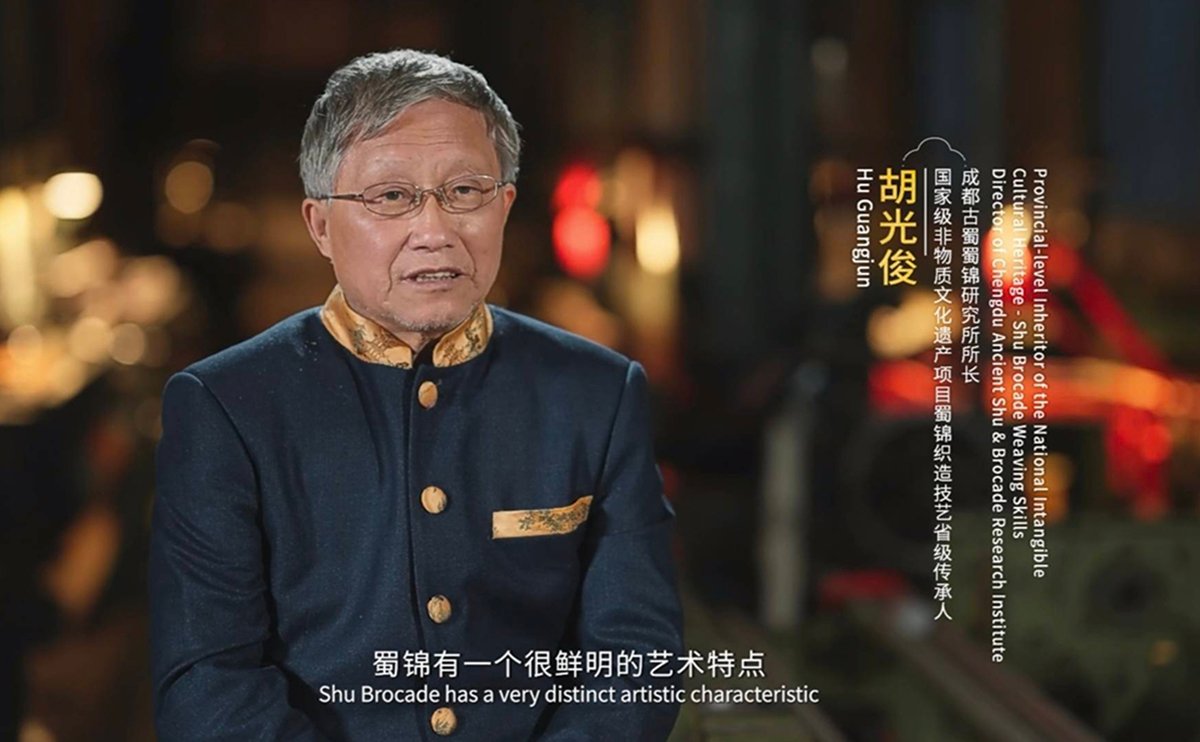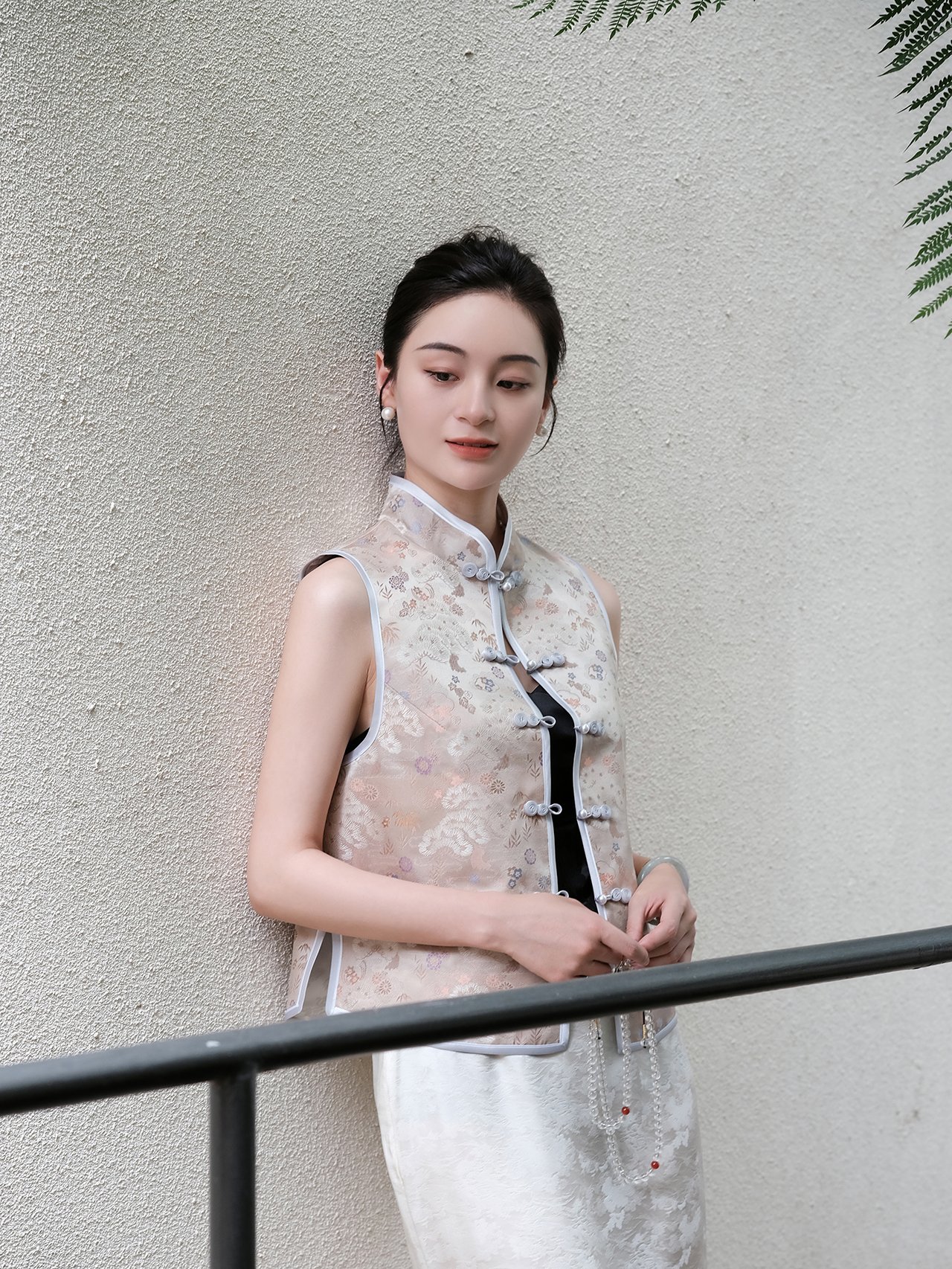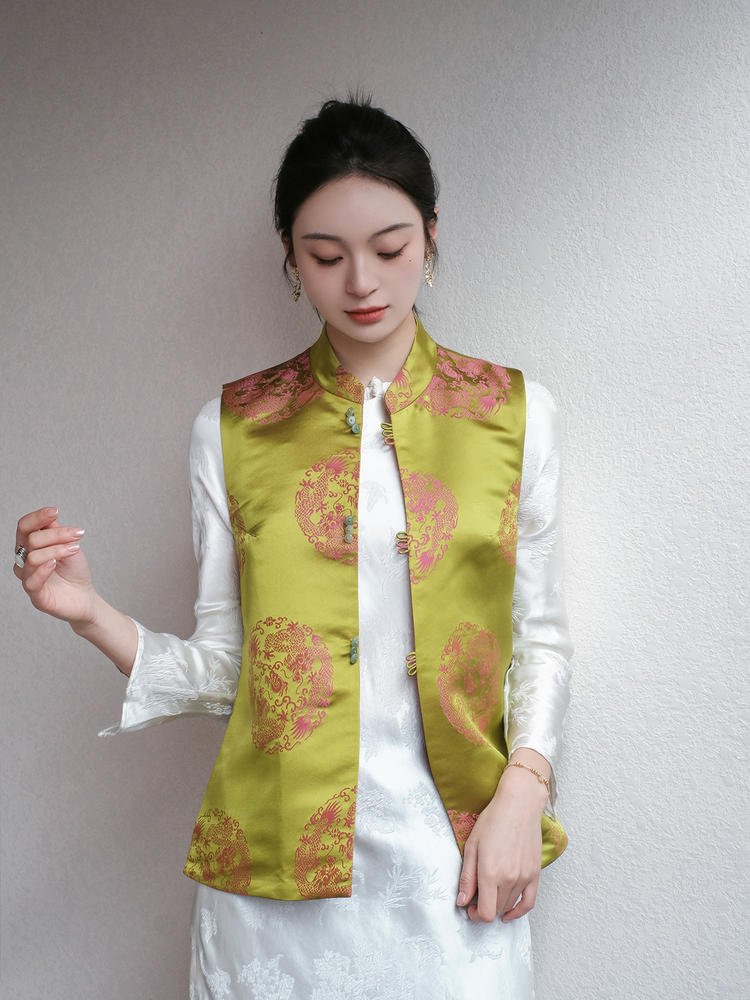Liang Xuefang
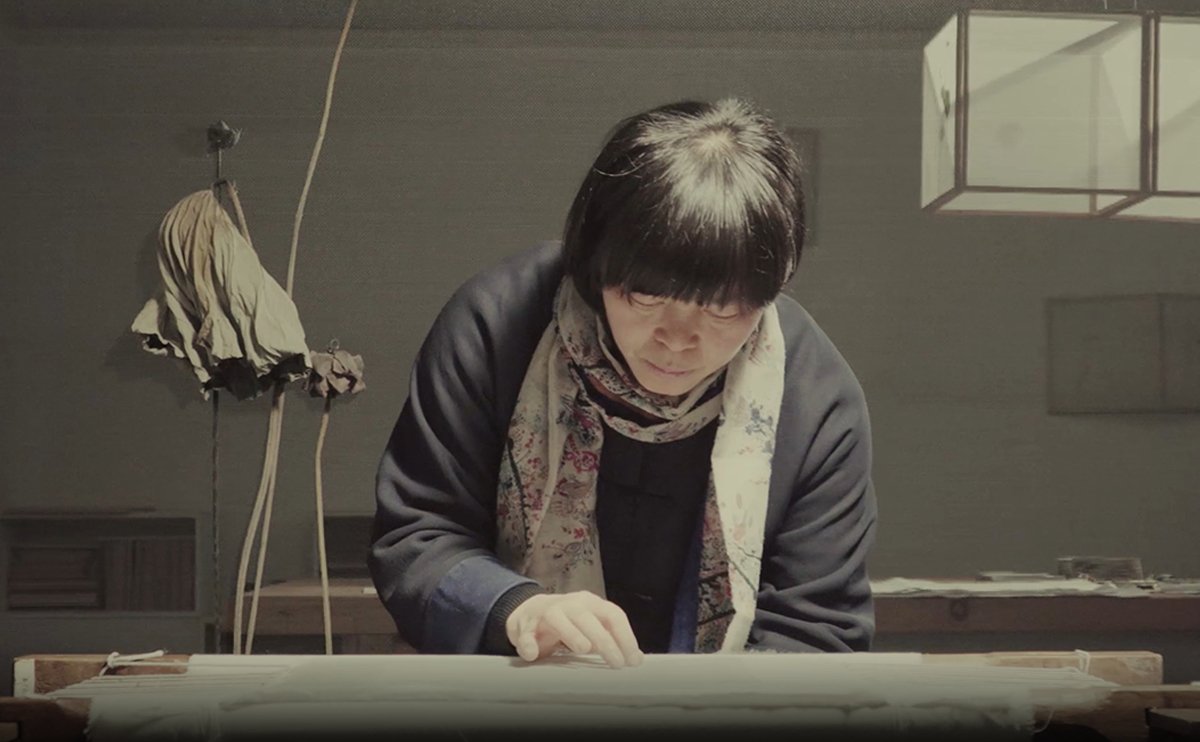
Liang Xuefang, a remarkable woman born in 1965 in Suzhou, Jiangsu Province, has received numerous honors. As a member of the China Democratic Promotion Association, a model worker of Suzhou City, and a representative of the People's Congress, she has achieved remarkable success in her professional field. She is a senior-level researcher and a master of Jiangsu's arts and crafts. She also served as a visiting scholar at Tsinghua University for in-depth study. Currently, she holds several important positions, including deputy director of the Fiber Art Research Institute of the Academy of Arts and Design at Tsinghua University and a specially-appointed professor at multiple institutions, which fully demonstrates her profound attainments in the art world.



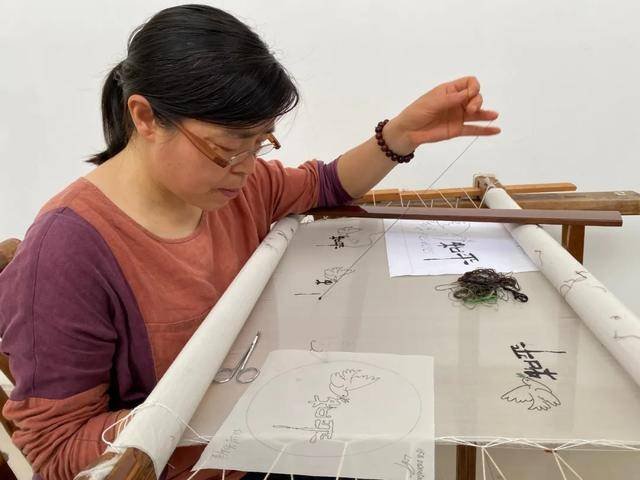
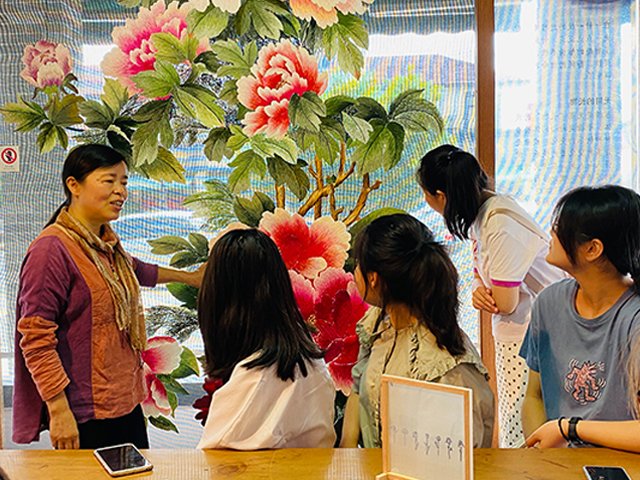
She learned embroidery from her mother Ma Huiyun since childhood and was later tutored by Mr. Gu Wenxia, a master of Chinese arts and crafts. From theory to practice, she eventually went to Beijing to study fiber art under Professor Lin Lecheng at Tsinghua University. After returning, she boldly innovated, breaking the distance between traditional embroidery exhibits and the audience. With her acute perception of nature and profound artistic accumulation, she created a series of original masterpieces that have touched people's hearts. Works like "Lotus Charm", "Spring Warms the Earth", "Zheng He's Voyages to the West", "If You Bloom", "Six Dynasties Pine and Purple Gold Grass", "Pure as Jade and Ice", and "Embroidery" have been permanently collected by renowned cultural and museum institutions around the world, including the British Museum and the National Museum of China, due to their unique artistic charm.
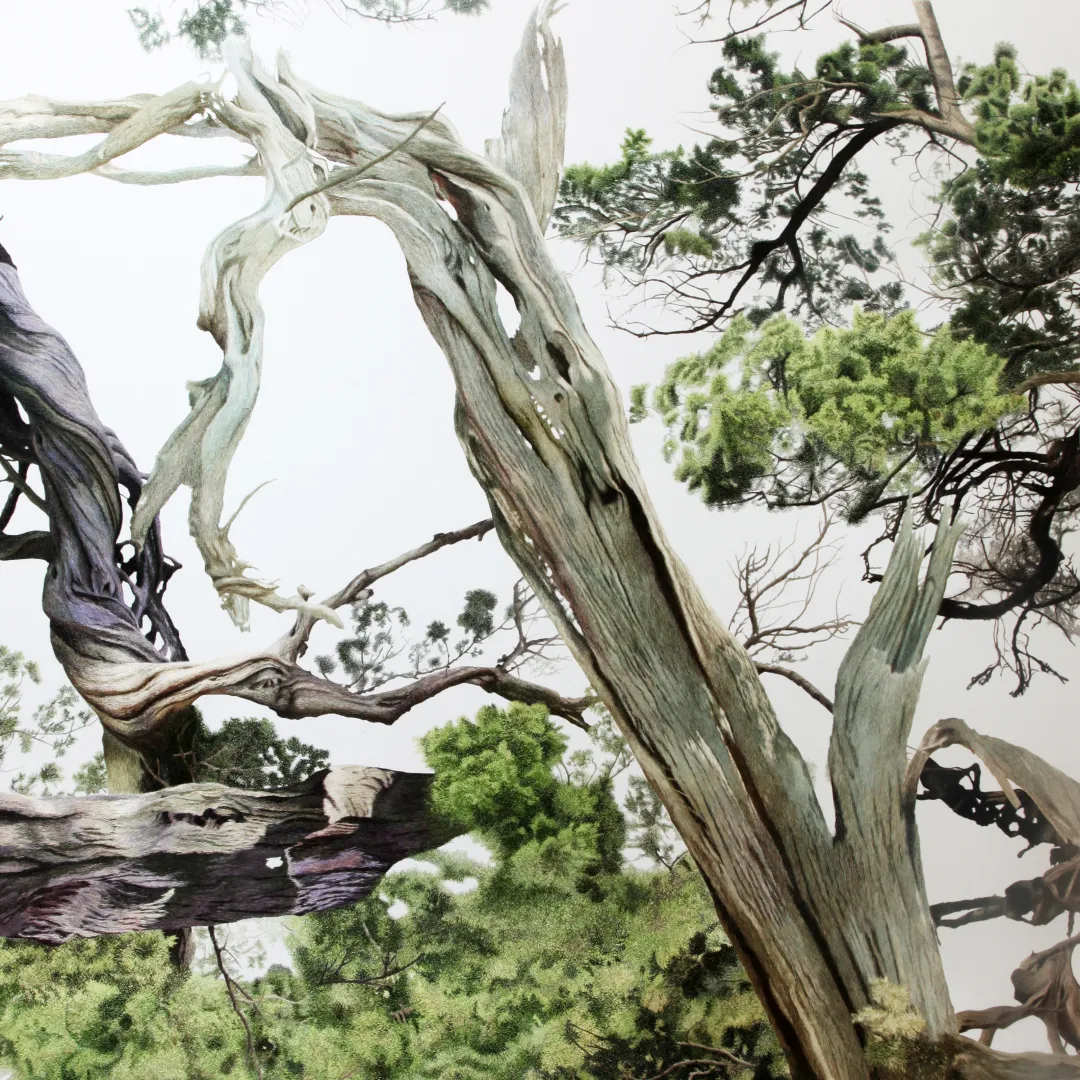
Diameter material: silk gauze, silk thread, wooden frame
Imitating Mr. Zou Chuan'an's painting, when embroidering, various stitch techniques such as the scattered stitch, the real and imaginary stitch, the application stitch, and the rolling stitch are comprehensively utilized with lines of different thicknesses, densities, and lengths to express the artistic conception of "If you bloom, the bees will come" through the luster and texture of the embroidery.
Embroidery after Zou Chuan'an - Fragrant Soul /Suzhou embroidery collection

Needle techniques: Overstitching, Inserting the needle, Hollow and solid needle, Rolling the needle
In "Ode to the Lotus", the lotus was once praised as "growing out of the mire but remaining unstained, washed in clear water but not becoming showy". Poets and scholars have all been singing the praises of the lotus. The author, however, uses a needle as a pen and silk as ink, and the work is based on a semi-transparent base material, with light-colored silk threads to embroider the noble qualities of the lotus.
Heart Settles on Lotus / Suzhou Embroidery Collection
Material: Plain silk satin, silk thread
The creative inspiration for "Strange and Unusual" comes from the tenacious survival postures of four ancient cypresses in Guangfu, Suzhou. Through the unique luster of embroidery silk and the texture of stitch techniques, it fully showcases the "needle flavor" characteristic beauty that distinguishes embroidery from other art forms. It is a symbol of life and strength, while embroidery is the continuation of another form of life.
Unusual and Exquisite / Suzhou Embroidery Collection
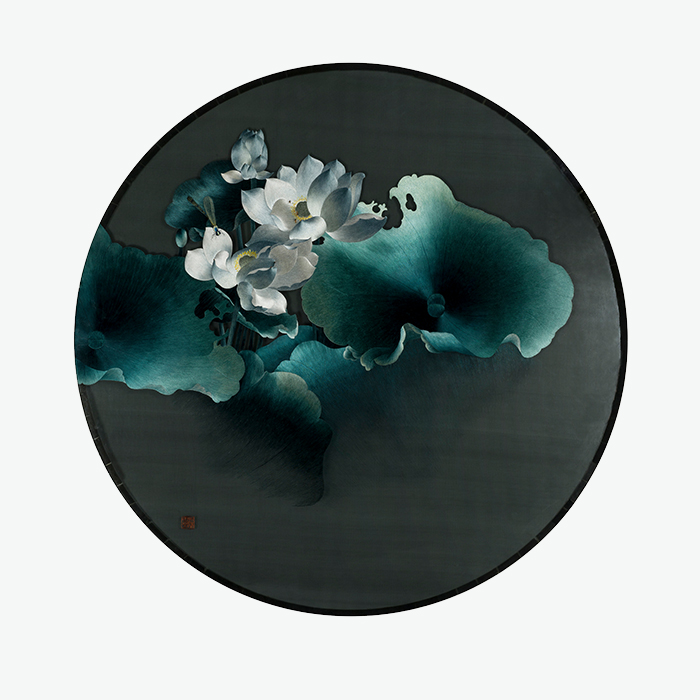
It is said that above there is heaven and below there are Suzhou and Hangzhou. If Hangzhou is like a landscape painting, then Suzhou is more like a prose poem. The various impressions of old Suzhou are the classic and celebrated lines in this poem. "Poetic Suzhou" is inspired by this. Through one poem and twelve scenes, it integrates poetry, calligraphy, painting and embroidery, and uses the needle and thread in hand to depict the memories of Suzhou in the heart.
Poetic Suzhou/Suzhou embroidery collection
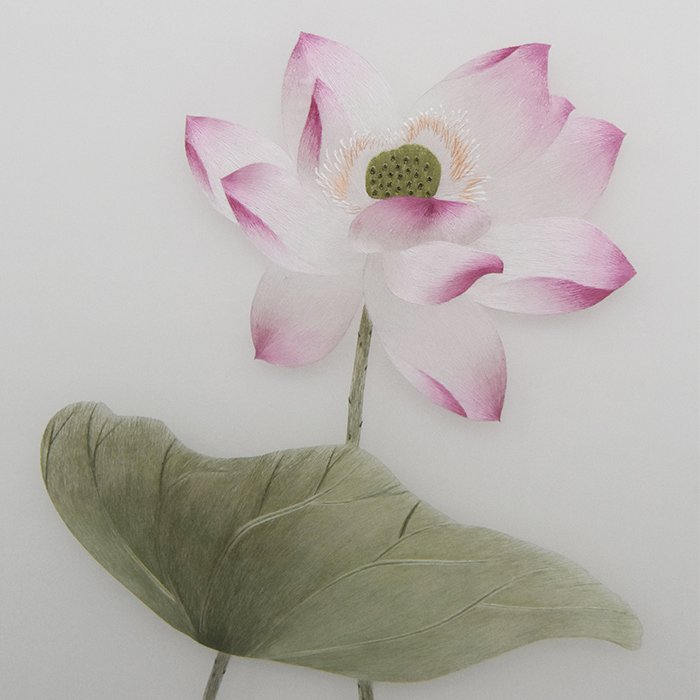
The work "Lotus Charm"


